That is why it is worth taking a closer look at it, as there is a lot to discover! It is widely known that the Golden Roof is an ornate bay window, which was built on behalf of Emperor Maximilian I (1459 - 1519) by Niklas Türing, and that its name is derived from the 2,657 fire-gilded copper shingles with which the roof of the bay window is covered. The actual main building had already been built around 1420 as the residence of the Tyrolean princes, the Golden Roof was added 80 years later to mark the new century and, according to the inscription, was also completed in the year 1500.
Numerous frescoes and reliefs adorn this bay window, which - with coats of arms, symbols, mysterious signs, and hidden clues - represents a complex work of art, in line with the time and the self-understanding of Maximilian I. The frescoes were painted by Maximilian's court painter Jörg Kölderer. They show two standard-bearers with the flags of the empire and Tyrol, as well as Maximilian himself in the inner family circle in the loggia.
Of particular interest are the reliefs on the balustrade of the loggia: On the two middle ones, we see Maximilian, on the left with his two wives Maria of Burgundy and Bianca Maria Sforza, on the right with his court jester and with Archduke Sigmund ("the Coin-rich") of Tyrol. The four outer reliefs show Moorish dancers, probably a reference to Maximilian's fondness for lively festivities.
What exactly this Moorish dance was, where it originated, and to what music it was danced, is still a mystery. The tight, exotic clothing of the dancers is striking, which cannot be assigned to any contemporary fashion or traditional costume. Various types of headgear as well as bells and rattles on arms and legs complete the costumes, and small dogs can also be seen on the dance floor. The exclusively male dancers perform acrobatic movements, contortions, and jumps, so it may have been a free form of dance that, unlike the customary dances of the time, did not have a fixed sequence of movements.
Another mystery can be found behind the dancers: A scroll with mysterious symbols that have not yet been deciphered. For further information, a visit to the Golden Roof Museum, located in the same building, is recommended. Extensively expanded and redesigned in 2007, it provides a lot of interesting information about Emperor Maximilian I and his time. It also offers the opportunity to enjoy the famous ornate bay window's view of the old town of Innsbruck.
The Golden Roof in Innsbruck







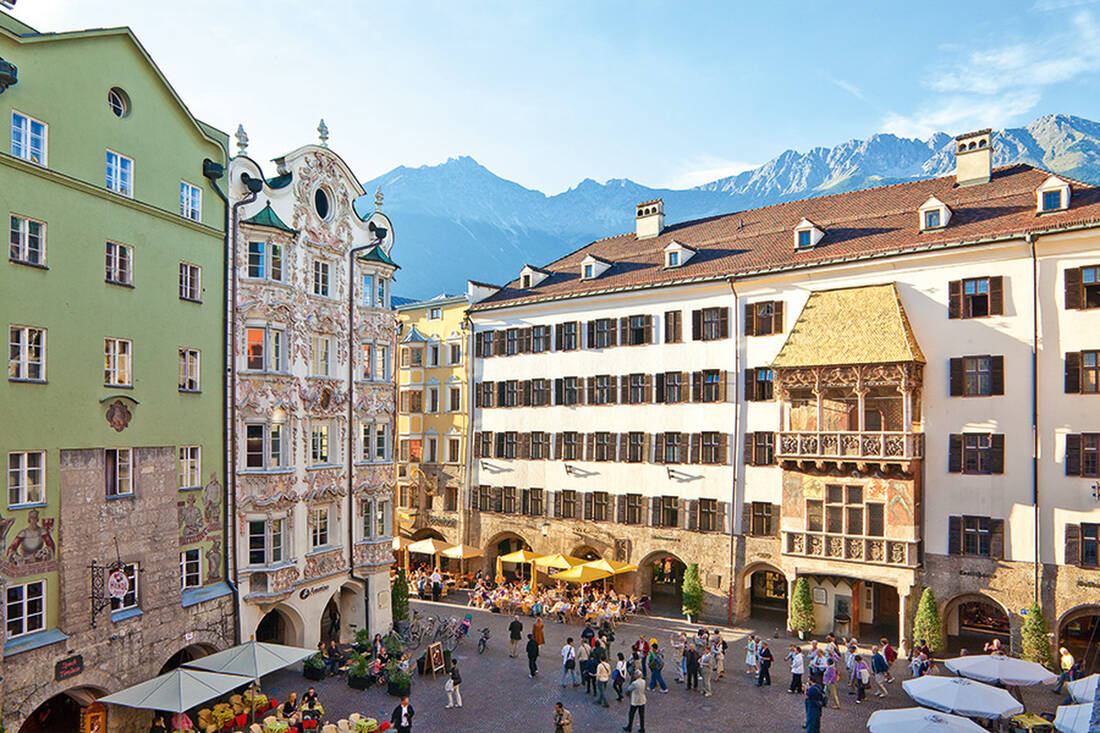
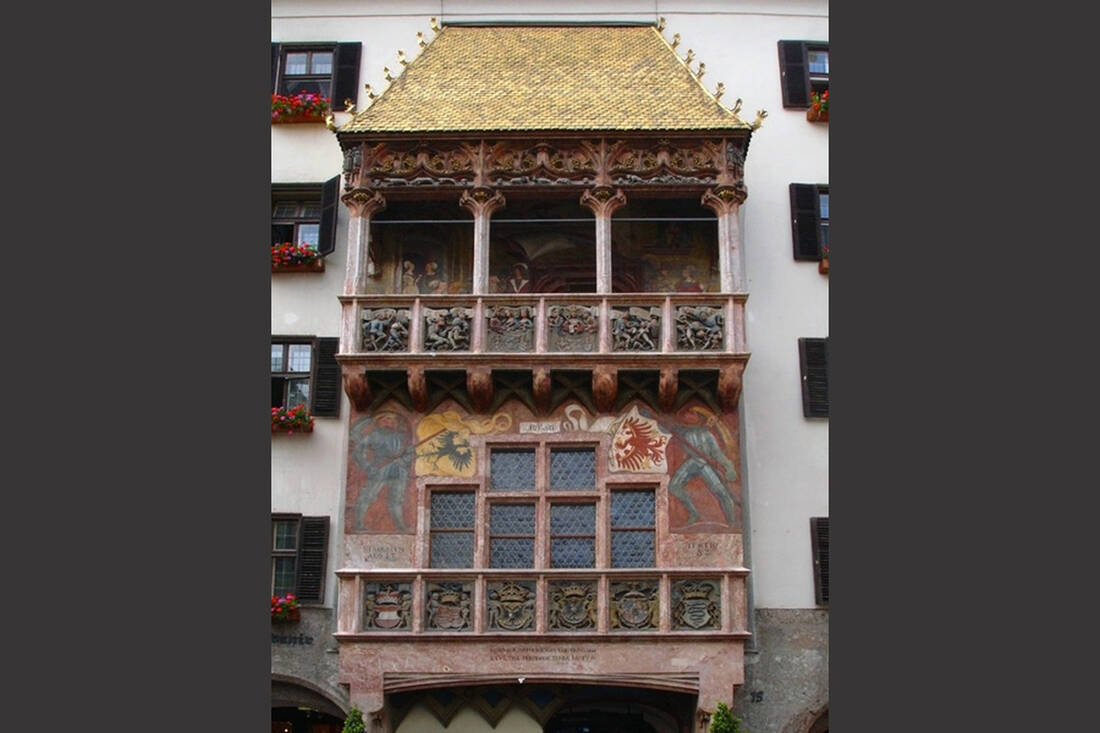
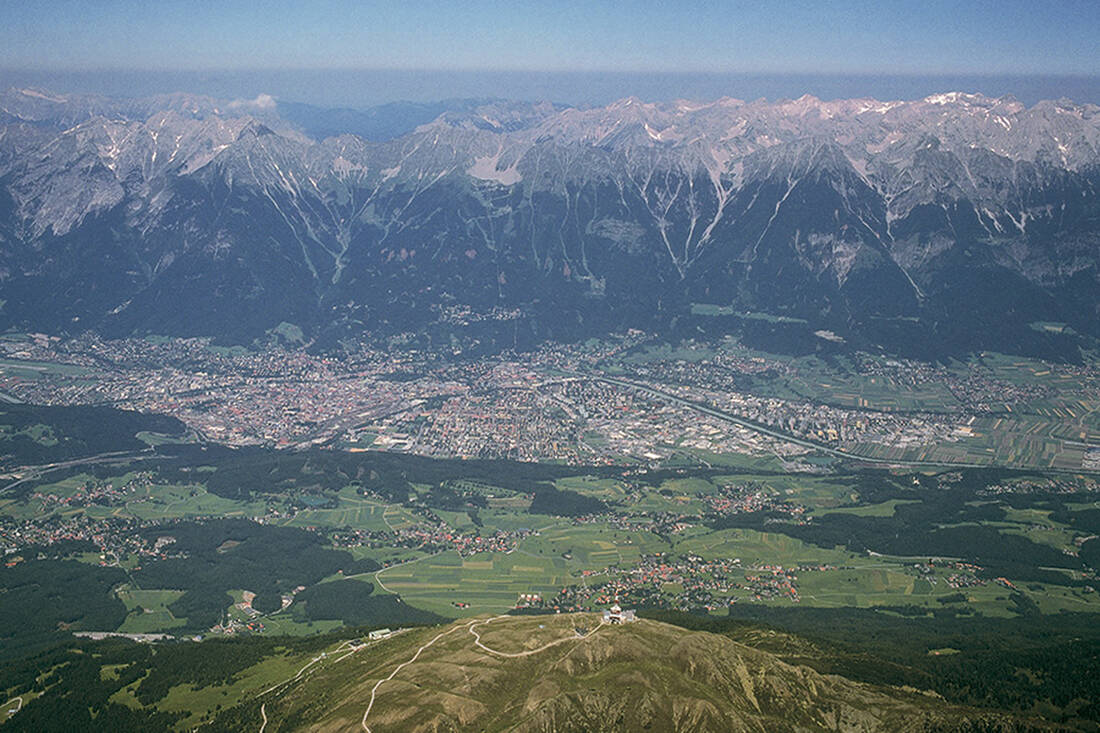
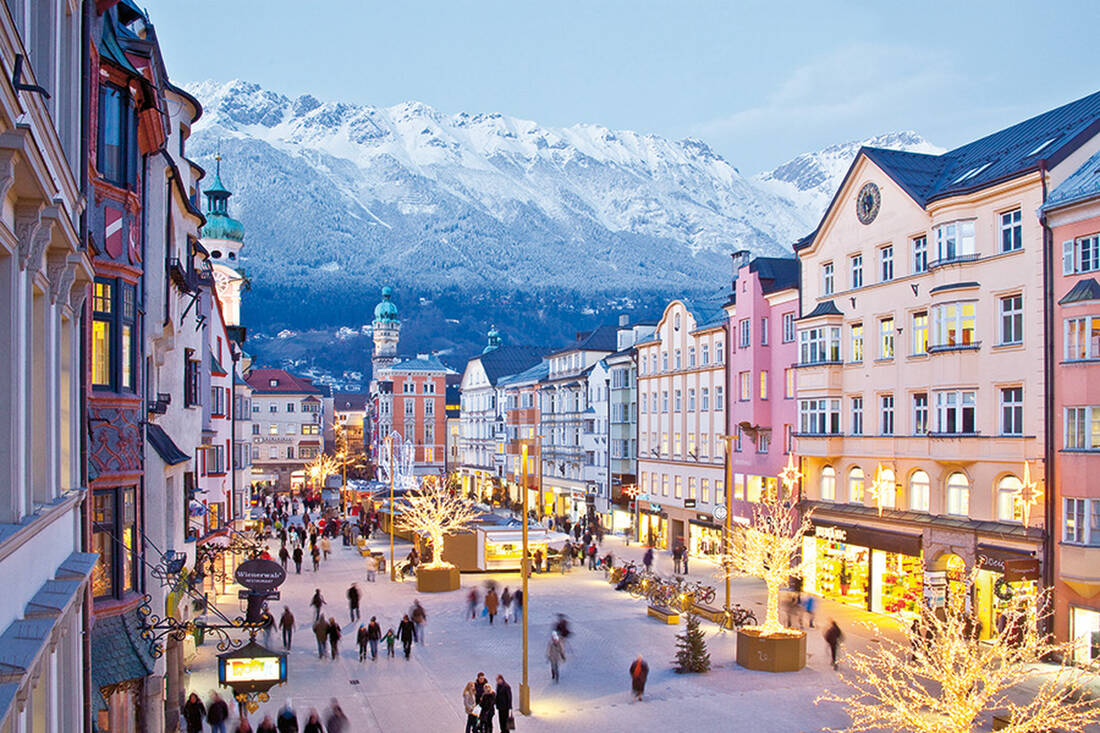
 How do you like the content of this page?
How do you like the content of this page?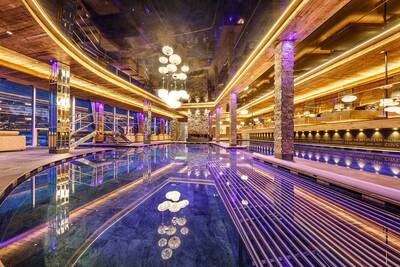
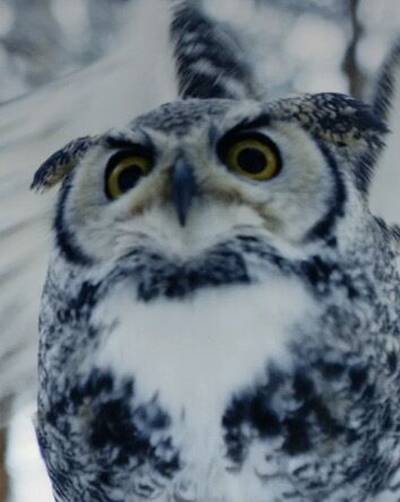
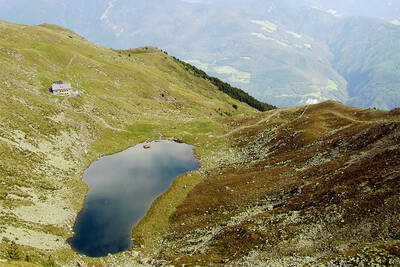
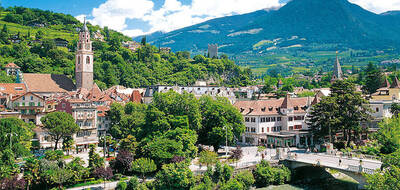
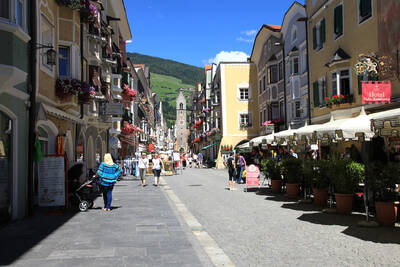
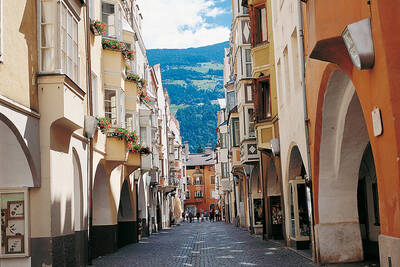
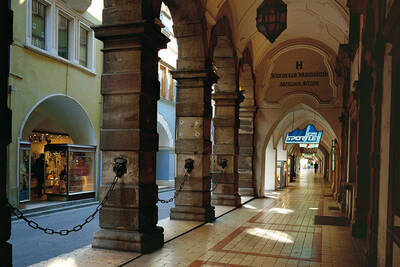
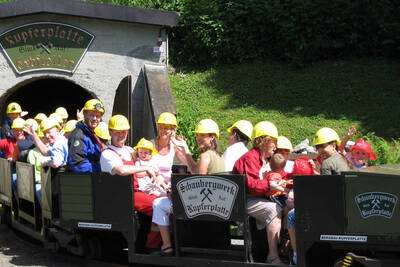
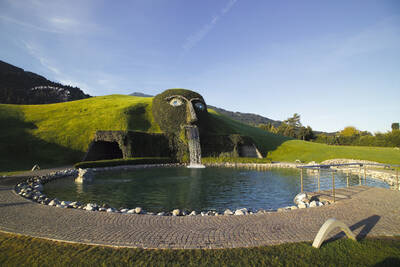
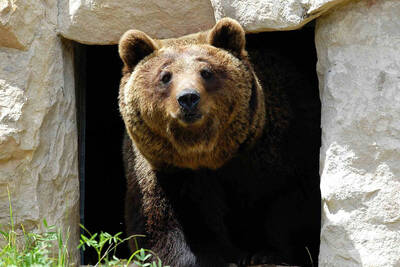
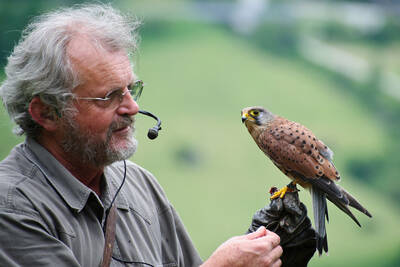
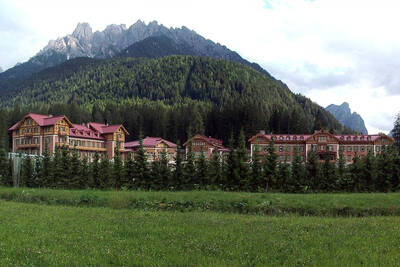
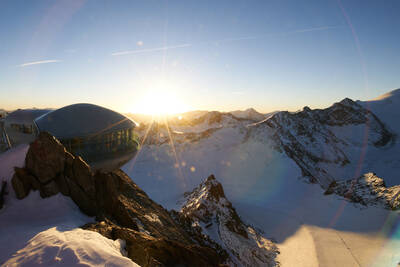
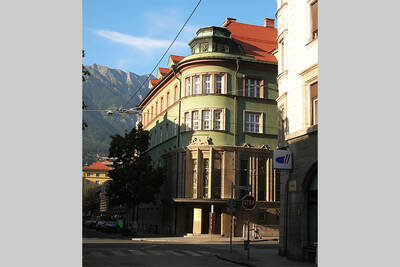
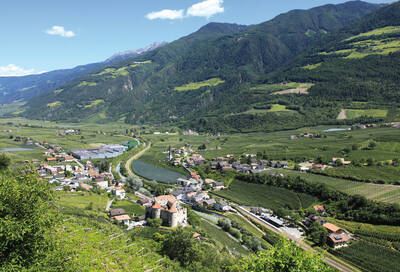
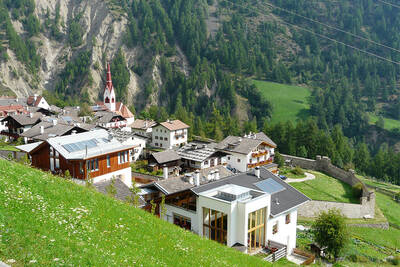
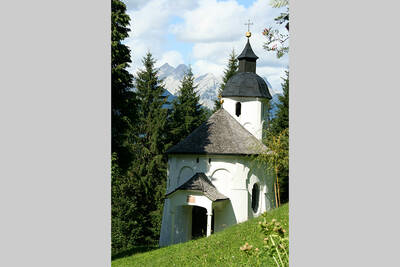
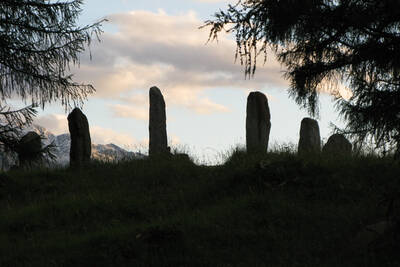
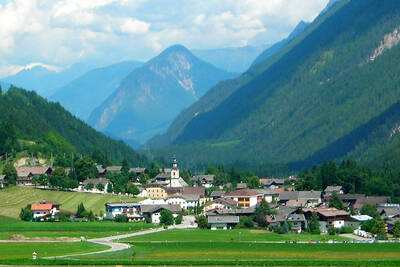
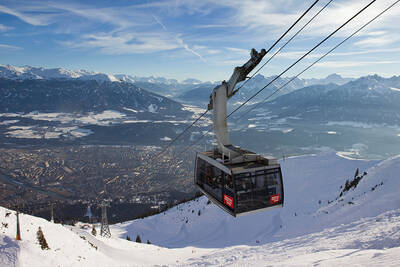
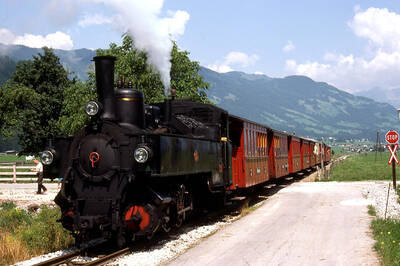
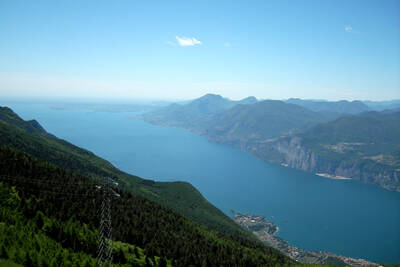
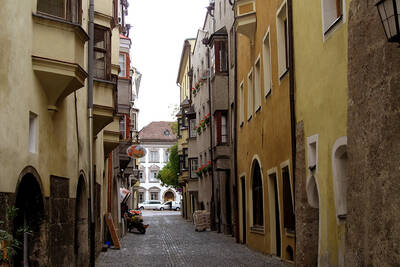
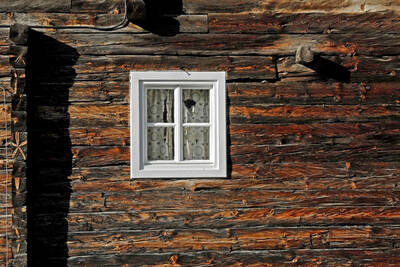
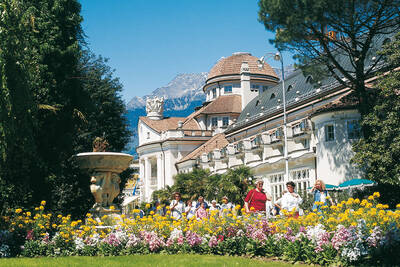
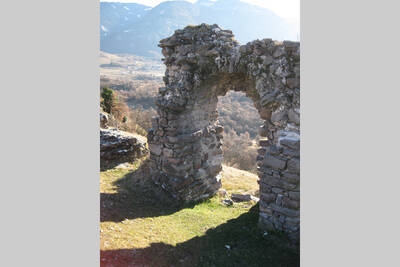
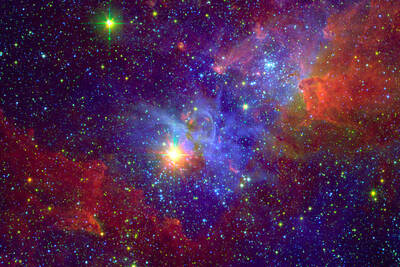
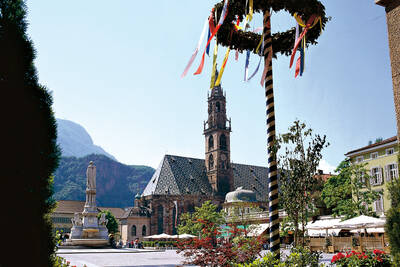
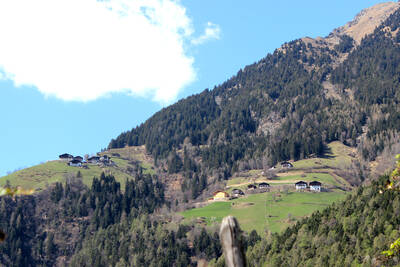
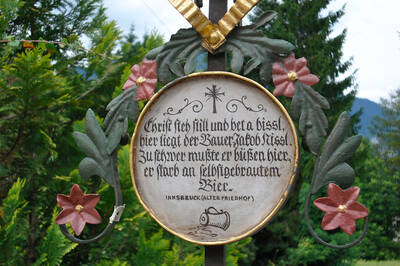
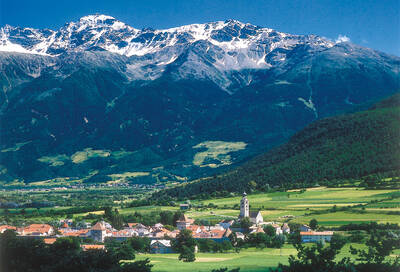

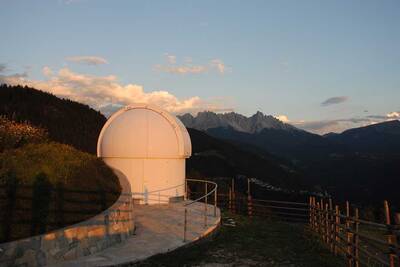
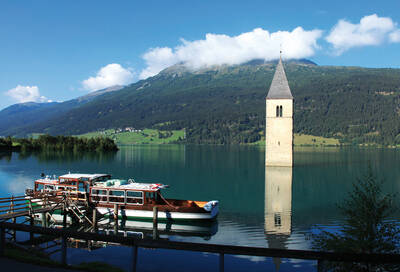
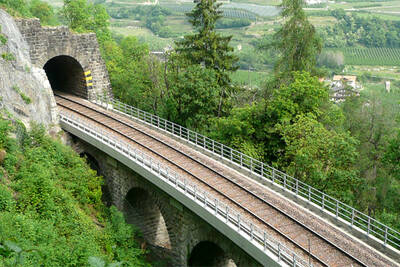
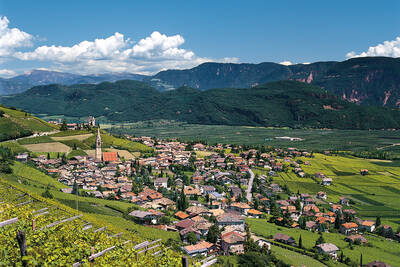
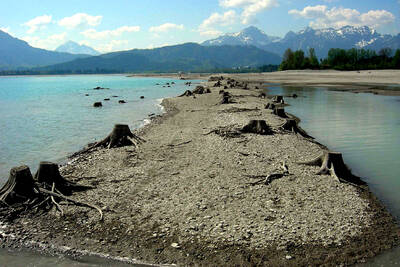
 More infos…
More infos…